Trichloroacetic acid
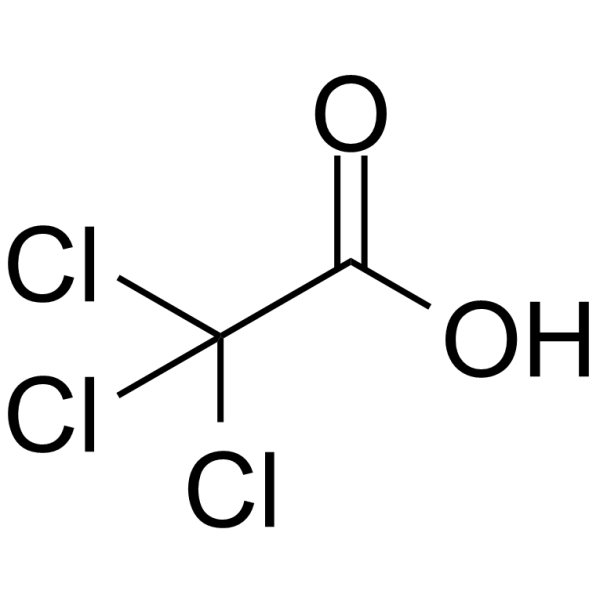
Trichloroacetic acid structure
|
Common Name | Trichloroacetic acid | ||
|---|---|---|---|---|
| CAS Number | 76-03-9 | Molecular Weight | 163.39 | |
| Density | 1.62 g/mL at 25 °C(lit.) | Boiling Point | 196 °C(lit.) | |
| Molecular Formula | C2HCl3O2 | Melting Point | 54-58 °C(lit.) | |
| MSDS | Chinese USA | Flash Point | 196°C | |
| Symbol |


GHS05, GHS09 |
Signal Word | Danger | |
Use of Trichloroacetic acidTrichloroacetic acid is a commonly utilized agent for chemical resurfacing of the face. Trichloroacetic acid is a metabolite of trichloroethylene thought to contribute to its hepatocarcinogenic effects in mice[1][2]. |
| Name | trichloroacetic acid |
|---|---|
| Synonym | More Synonyms |
| Description | Trichloroacetic acid is a commonly utilized agent for chemical resurfacing of the face. Trichloroacetic acid is a metabolite of trichloroethylene thought to contribute to its hepatocarcinogenic effects in mice[1][2]. |
|---|---|
| Related Catalog | |
| Target |
Human Endogenous Metabolite |
| In Vitro | Trichloroacetic acid (TCA) is a common drinking water disinfection byproduct that produces a spectrum of liver effects, including hepatomegaly and liver tumors, in mice. It is also an oxidative metabolite of trichloroethylene (TCE), a solvent used in degreasing with widespread environmental exposure, which also produces hepatomegaly and liver tumors in mice[3]. |
| References |
| Density | 1.62 g/mL at 25 °C(lit.) |
|---|---|
| Boiling Point | 196 °C(lit.) |
| Melting Point | 54-58 °C(lit.) |
| Molecular Formula | C2HCl3O2 |
| Molecular Weight | 163.39 |
| Flash Point | 196°C |
| Exact Mass | 161.90400 |
| PSA | 37.30000 |
| LogP | 1.44120 |
| Vapour density | <1 (vs air) |
| Vapour Pressure | 1 mm Hg ( 51 °C) |
| Index of Refraction | n20/D 1.62(lit.) |
| InChIKey | YNJBWRMUSHSURL-UHFFFAOYSA-N |
| SMILES | O=C(O)C(Cl)(Cl)Cl |
| Water Solubility | 120 g/100 mL (20 ºC) |
CHEMICAL IDENTIFICATION
HEALTH HAZARD DATAACUTE TOXICITY DATA
MUTATION DATA
|
| Symbol |


GHS05, GHS09 |
|---|---|
| Signal Word | Danger |
| Hazard Statements | H314-H410 |
| Precautionary Statements | P260-P280-P303 + P361 + P353-P304 + P340 + P310-P305 + P351 + P338 |
| Personal Protective Equipment | Eyeshields;Faceshields;full-face particle respirator type N100 (US);Gloves;respirator cartridge type N100 (US);type P1 (EN143) respirator filter;type P3 (EN 143) respirator cartridges |
| Hazard Codes | C:Corrosive |
| Risk Phrases | R35;R50/53 |
| Safety Phrases | S26-S36/37-S61-S60-S45-S36/37/39 |
| RIDADR | UN 1839 8/PG 2 |
| WGK Germany | 2 |
| RTECS | AJ7875000 |
| Packaging Group | II |
| Hazard Class | 8 |
| HS Code | 29154000 |
| Precursor 10 | |
|---|---|
| DownStream 10 | |
| HS Code | 29154000 |
|---|
|
Rational design of small molecules as vaccine adjuvants.
Sci. Transl. Med. 6(263) , 263ra160, (2014) Adjuvants increase vaccine potency largely by activating innate immunity and promoting inflammation. Limiting the side effects of this inflammation is a major hurdle for adjuvant use in vaccines for h... |
|
|
Vegetables' juice influences polyol pathway by multiple mechanisms in favour of reducing development of oxidative stress and resultant diabetic complications.
Pharmacogn. Mag. 10(Suppl 2) , S383-91, (2014) Hyperglycemia induced generation of free radicals and consequent development of oxidative stress by polyol pathway is one of the crucial mechanisms stirring up development of diabetic complications. W... |
|
|
Dimerization of isolated Pseudomonas aeruginosa lipopolysaccharide transporter component LptA.
Biochem. Biophys. Res. Commun. 450(4) , 1327-32, (2014) LptA is a soluble periplasmic component of the lipopolysaccharide (LPS) transport system of Gram-negative bacteria that transports newly synthesized LPS from the inner membrane to the outer leaflet of... |
| Trichloroacetic acid |
| MFCD00004177 |
| 2,2,2-trichloroacetic acid |
| TCA |
| EINECS 200-927-2 |
 CAS#:76-02-8
CAS#:76-02-8 CAS#:544-00-3
CAS#:544-00-3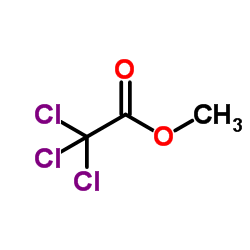 CAS#:598-99-2
CAS#:598-99-2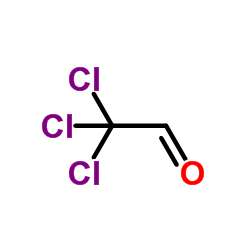 CAS#:75-87-6
CAS#:75-87-6 CAS#:302-17-0
CAS#:302-17-0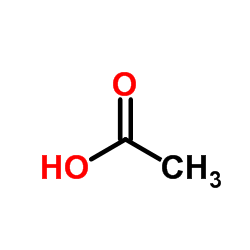 CAS#:64-19-7
CAS#:64-19-7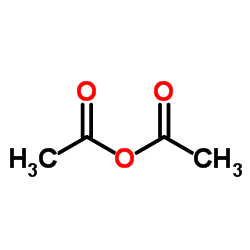 CAS#:108-24-7
CAS#:108-24-7 CAS#:127-18-4
CAS#:127-18-4 CAS#:116-16-5
CAS#:116-16-5 CAS#:6135-29-1
CAS#:6135-29-1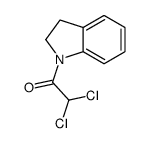 CAS#:104756-60-7
CAS#:104756-60-7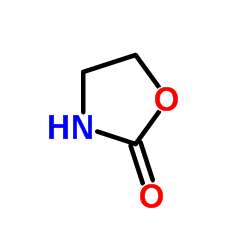 CAS#:497-25-6
CAS#:497-25-6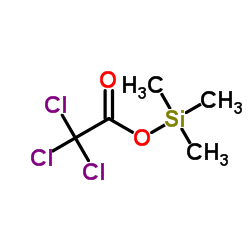 CAS#:25436-07-1
CAS#:25436-07-1 CAS#:584-87-2
CAS#:584-87-2 CAS#:326-66-9
CAS#:326-66-9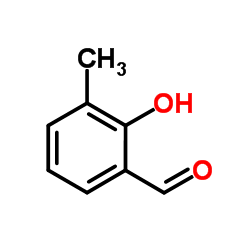 CAS#:824-42-0
CAS#:824-42-0 CAS#:15174-69-3
CAS#:15174-69-3 CAS#:14789-75-4
CAS#:14789-75-4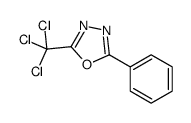 CAS#:1456-20-8
CAS#:1456-20-8
